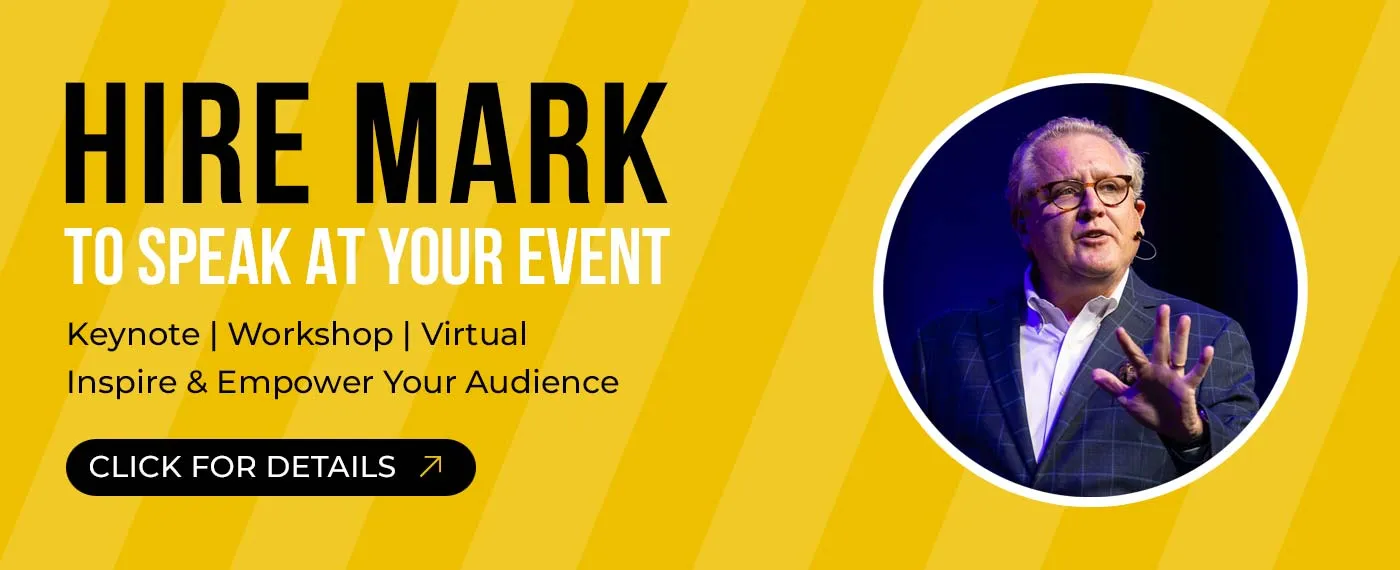 LinkedIn Co-Founder Reid Hoffman is sitting on top of the digital world.
LinkedIn Co-Founder Reid Hoffman is sitting on top of the digital world.
Hoffman helped create one of the world’s most successful social media platforms. He dominated his niche and monetized his idea. His company’s IPO assured that he has the financial resources to fund his dreams and passions for the rest of his life. And a particular passion is education.
I caught up with Hoffman at a special event hosted by the U.K Consulate in New York City that honored Marshall, Rhodes and Fulbright Scholars. Hoffman, a former Marshall Scholar, used his pulpit to articulate his vision for how technology should be transforming the educational system.
“Education is about giving people the tools they need to to navigate the world,” he said. “And the current system, at least in the United States, is failing to do that.”
An adaptive learning system?
Hoffman characterized the current system as a “factory model of education” where everybody gets the same set of tools to navigate the world one way … which is inconsistent with the “arc” of most people’s lives.
He pointed to his own frustrations with the education system as his inspiration to speak for change. “I was interested in starting software companies and found there was a whole set of work skills that was completely foreign to me. Based on my education, I was unprepared to navigate this world. How do you work as a team? How do you organize and inspire people? How do you bootstrap a business? I was learning this by randomly bumping into walls.”
Hoffman believes technology can be used to create an “adaptive learning system” that nurtures the “arc” of an indvidual’s passion and interests. “Today, with a few million dollars you can create a digital platform that changes millions of lives. You can do the same for education. We have never had that opportunity before in our history.”
Transforming education through technology
“Technology can humanize education and put the content in contextually relevant new ways,” he said. “We can use data to continually improve the processes based on a student’s success and performance to adjust to their individual arc and capabilities.”
He pointed to several projects (some are his investments) as examples of applying technology in ways to create new educational models:
Grokit is a platform to help students prepare for standardized testing. “I like this because you get like-minded students to teach each other using underlying content, game theory, and small group discussions.”
Edmodo is a social network for teachers and students. It provides a safe and easy way for teachers to connect and collaborate, share content, and customize the classroom for every learner. “If Facebook is the social graph, and LinkedIn is the professional graph, Edmodo is the educational graph, ” Hoffman said.
Kahn Academy provides 2,700 free, high-quality lectures on a variety of academic topics. “Wouldn’t students prefer to learn from an outstanding video than a live teacher who is perhaps not so great? That way we can turn the classroom into a place focused on interaction instead of a place where children sit quietly for eight hours.”
Re-inventing the classroom
Hoffman said that technology could have a disruptive impact on how schools are organized. “Maybe you hear the lecture before you ever get to the classroom at a time when your attention is at its peak. Teachers become facilitators instead of having the pressure for all the content creation. There will always be value in kids gathering together to learn, if for no other reason than parents need to go to work!
“Technology opens up the educational echo chamber by introducing the possibility of learning from a variety of experts and perspectives. It creates an opportunity for global dialogue, expanded connectivity, and the possibility of learning from the best teachers, wherever they may be.”
Hoffman said technology also opens new revenue models to enable classroom innovation. He pointed to Causes.com as an example of how ideas can be funded even in the face of tight budgets. On this site, innovators make a case as to why they should be funded, potentially attracting new patrons from around the world. He used several examples where teachers were working on projects to help with student socialization skills, autism and other education issues as ways technology can bring together needs, donors, and resources.
Using Silicon Valey as a model
While these concepts are innovative and engerizing, I asked Hoffman how the institutional barriers of school boards, teachers unions, and government bureacracy could be overcome to give technology a chance.
“The classic model of Silicon Valley entrepreneurship is to just build it,” he said. “If it’s available and it’s something good, people will start using it. Go around all the people standing in your way and let the marketplace determine if it is a worthy idea. Momentum will build if its great.
“Let’s not wait for the grand plan from the government. We don’t need to have an agenda that everybody agrees to and we don’t need to tackle the whole system. Let’s start trying and experimenting in cheap ways like entrepreneurs do. Let’s build things, iterate, and sort them out as we go along.”
I liked Hoffman’s fresh perspective and energy on technology and education. What are your thoughts?
Disclosure: The British Consulate is a client.


